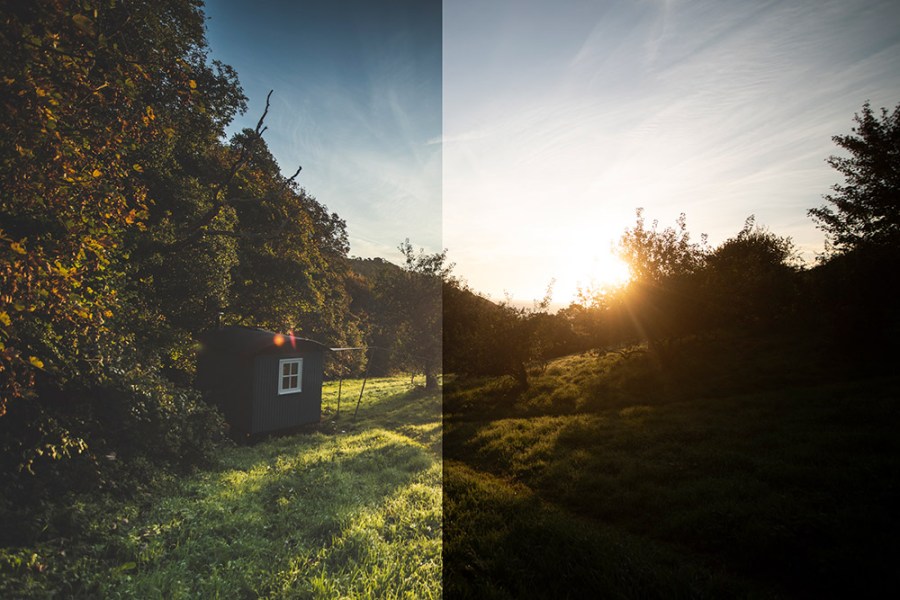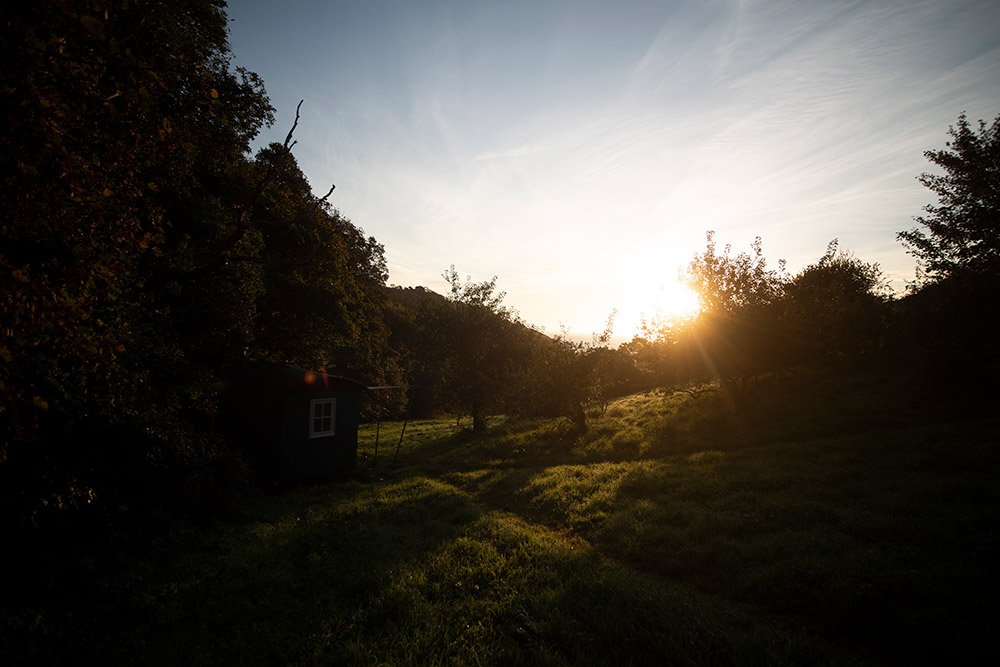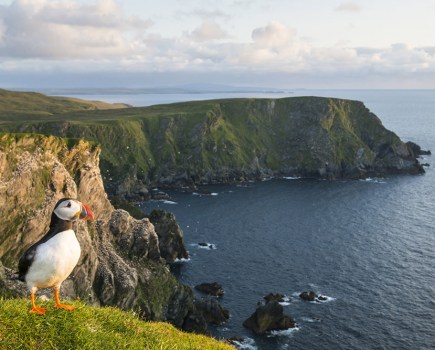When you’ve got your camera for photography, the big question is whether to shoot raw or JPEG? The question can be tricky to get one’s head around at first. In this guide, we cover what raw and JPEG files are, how they differ, and the pros and cons of shooting in each. We’ll also cover raw software and image editing tips for those who want to take the next step in their photography journey.
Note: JPEG = Joint Photographic Experts Group – the people who created the JPEG standard. More at the bottom of this article.

Raw and JPEG? I’m confused…
In a nutshell, raw and JPEG are simply file formats that your camera records. You can set your camera to shoot in raw, JPEG or both. How you access the setting will depend upon the camera system – most are under an ‘Image Quality’ setting in the main shooting menu.
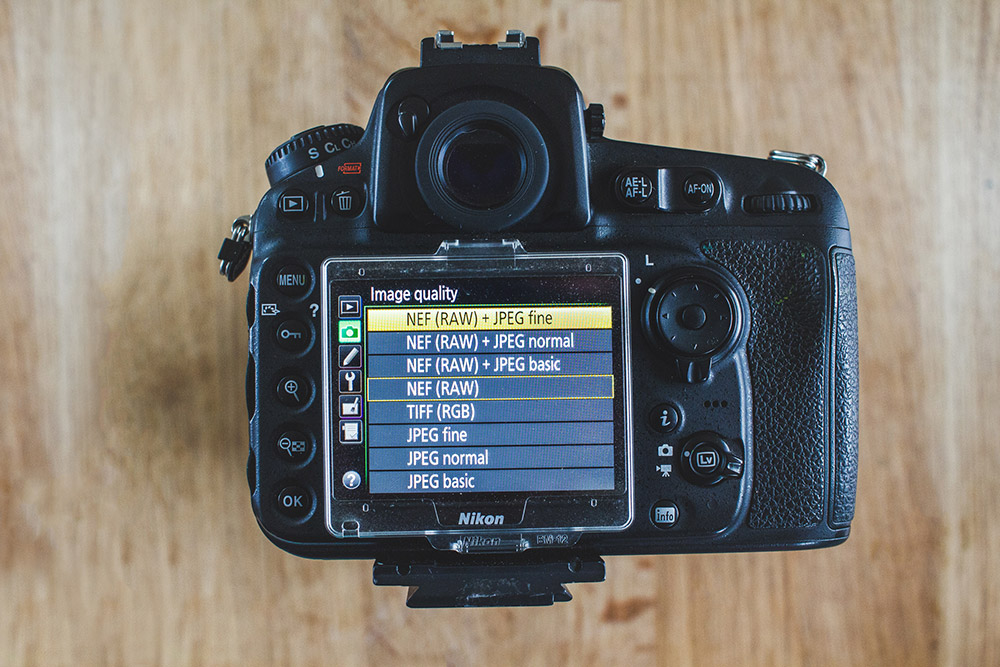
What is a Raw file?
A raw file is an uncompressed and unprocessed image. It’s worth noting that cameras on many modern smartphones can shoot in raw, too. Most, if not all, professional photographers and serious hobbyists shoot using a raw file format as they produce far higher quality results compared to a JPEG.
A raw file is not ready to be printed or displayed until it has been processed through image editing software. In fact, a raw file looks dull and soft when it comes out of the camera. Beginners may even think there is something wrong with their camera when reviewing a raw image file, as they can look very flat!
Think of raw like shooting film (for those old enough to remember!). Once you’ve shot a film, you need to develop and process the negatives to see the images. It’s the same for digital raw images. Once you’ve shot your images, you need to develop and process the raw files on a computer to bring out what you’ve captured. We’ll explain how to process them shortly.
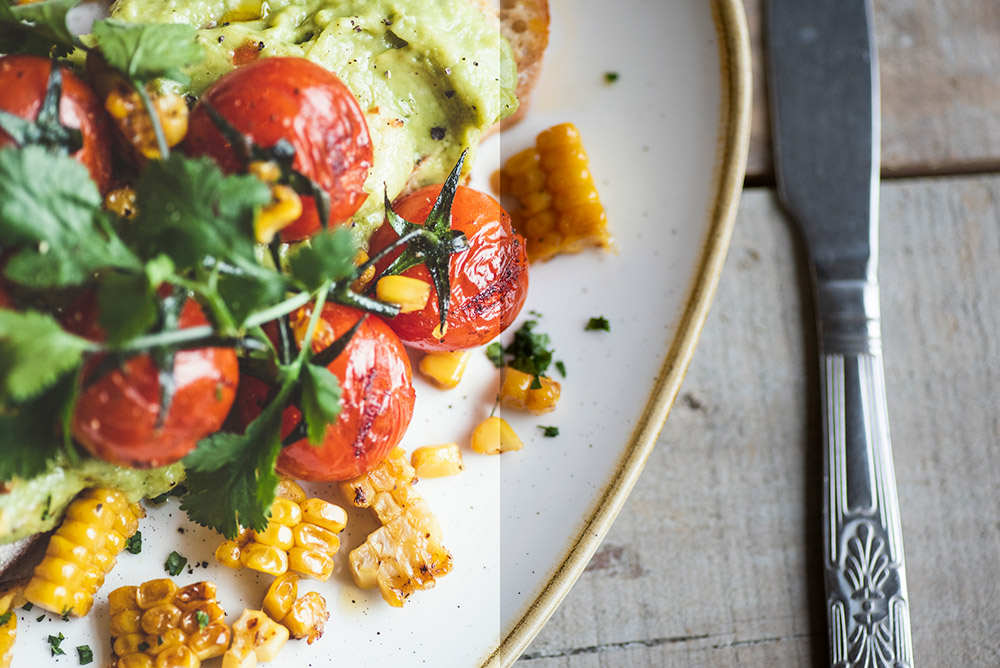
What is a JPEG file?
A JPEG file is a compressed image file format that your camera has processed. This compression of the file means the camera has deliberately shed some of the image data to render the file smaller.
When shooting in JPEG format, your camera processes basic settings such as contrast, saturation and sharpening effects. This is great if you have no intention or enthusiasm to process your final images. However, this leaves all the creative decisions for the camera to make, giving you less control over the outcome.
It’s also important when shooting in a JPEG file format to ensure your exposure settings are spot on. There is far less scope to highlight detail or rescue any incorrectly exposed shadow at the editing stage. You can still edit a JPEG file to a certain degree, but if you push and pull the pixels around too much, you’ll start to encounter a problem called “banding” where images appear more pixelated.
For shooting JPEGs, we recommend you set your camera to the highest possible quality. You can always downsize JPEG images on your computer if you need them smaller, but you can’t upscale them if you’ve shot the originals at a lower quality (without additional difficulty).
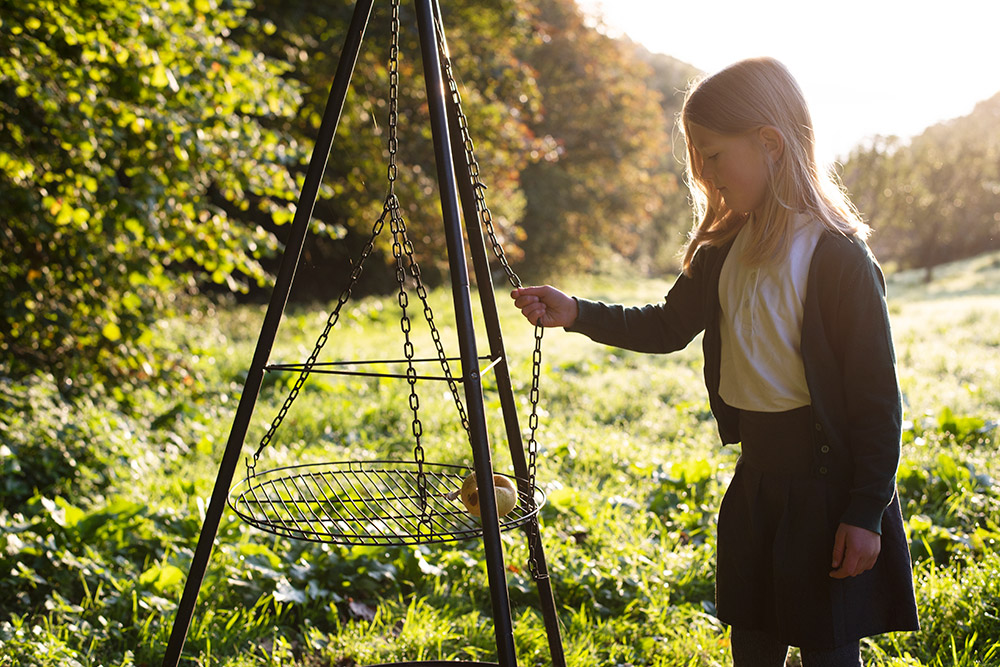
Now you know what JPEGs and raw files are, lets recap on the advantages and disadvantages:
Pros and cons of shooting RAW
What are the advantages of shooting in raw?
- Raw files produce high quality results.
- You can recover the highlight and shadow detail in a raw file to a far greater level compared with a JPEG, giving improved dynamic range.
- You can extensively edit raw files to boost the tone, sharpen the image, and make many other basic image adjustments.
- You can adjust the white balance setting in a raw file post production meaning you don’t need to worry about this setting when shooting.
What are the disadvantages of shooting in raw?
- The file sizes are larger than JPEGs; therefore, they take up more storage space on your memory card and computer.
- Raw files come out of the camera appearing flat. If you don’t process them they are no good. You cannot upload raw files directly to social media or online.
Pros and cons of shooting JPEGs
What are the advantages of shooting JPEG?
- They are much smaller in size, so therefore take up less storage space on your memory card and computer.
- Your camera makes all the basic edit adjustments – this is an advantage if you have no interest in editing your images, or you want to upload them quickly from a shoot to social media with minimum fuss.
What are the disadvantages of shooting JPEG?
- Less creative control at the editing stage: for example, you’re unlikely to be able to rescue the blown-out highlights in the sky of a JPEG file.
- Your camera is making the basic image edit adjustments. This means you have less creative control over the final image.
- You can’t correct the white balance setting at the editing stage. You need to shoot this right in camera.
- If you over edit a JPEG file you get a technical issue called banding and the image appears more pixelated.

What software should I use?
You’ll need image editing software to make the most out of your images, whether you choose to shoot in raw or JPEG.
If you’ve shot in raw you need to make sure the image software you are using is compatible with your camera’s raw format. The make of camera will determine what type of raw file it produces. A Canon camera produces a .CR2/.CR3 raw file, Nikon a .NEF file, Sony an .ARW and Fujifilm’s raw format is an .RAF to name just a few of the major camera manufacturers.
If you are having compatibility issues you can convert your original raw file to a DNG file using Adobe’s DNG Converter. A DNG stands for Digital Negative and is a more universally read raw image file format.
There are many excellent software packages out there designed to boost your images – some you have to pay for, whereas others are free. For example, Nikon’s own raw software NX Studio is free to download (for Nikon users only), and Canon have a similar program called Digital Photo Professional (DPP), which has been designed for the CR2/CR3 file (Canon users only). If you have a different camera, see our guide to manufacturers’ photo editing software.
Other image editing programs that may by of interest:
- Adobe Lightroom Classic
- Adobe Lightroom CC
- Adobe Camera Raw
- Adobe Photoshop Elements
- Capture One
- Affinity Photo
- DxO PhotoLab
- DxO PureRaw 2
- ON1 Photo RAW
- Exposure X7
- CyberLink PhotoDirector
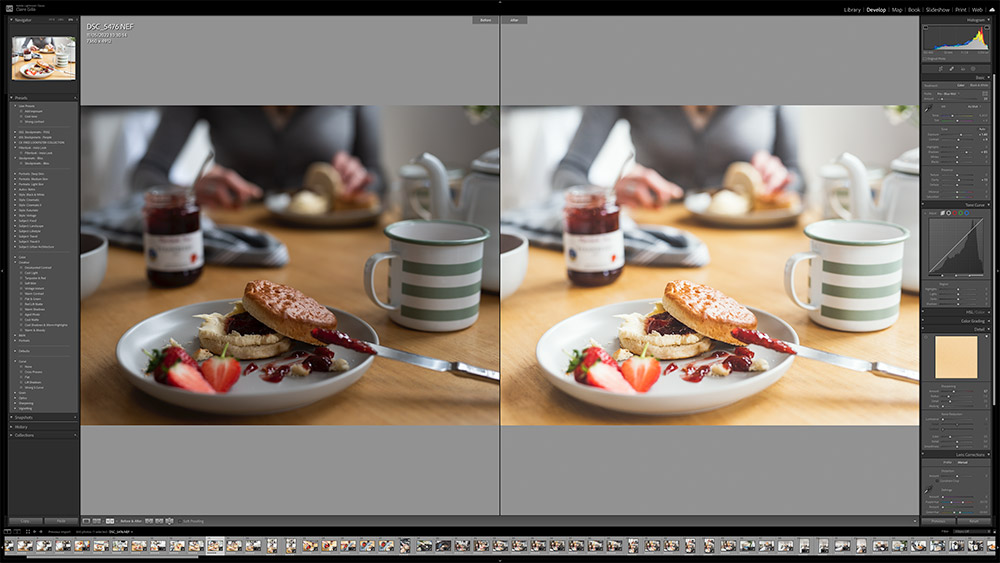
What are the basic image adjustments?
For those now feeling enthused about raw, you’ll need to get your head around these basic settings. We’d recommend having a play around with each of them to see how the image reacts as you adjust – you’ll learn by adjusting:
- Exposure – Determines how bright or dark the image is.
- Highlights – Selects the light parts of your image and makes them lighter or darker. You can recover some or all highlight detail that may have got blown out.
- Shadows – Works the darker parts of your image and increases or decreases the light depending on the look you want. If you’ve lost detail in the shadows, you can increase to get it back.
- Whites – Works similarly to the highlight slider, but this slider just affects the whites in the image rather than a range of highlights.
- Blacks – This slider affects the black parts in the image and can rescue lost detail.
- Contrast – By increasing the contrast, you are making the shadows darker and the highlights lighter.
- White Balance – This controls the colour temperature of your image. You can make it warmer or cooler using the temperature slides.
- Saturation – This slider boosts all the colours in your image.
- Sharpening – You’ll need to sharpen your raw files as they come out from your camera a little soft.
Raw examples before and after processing:
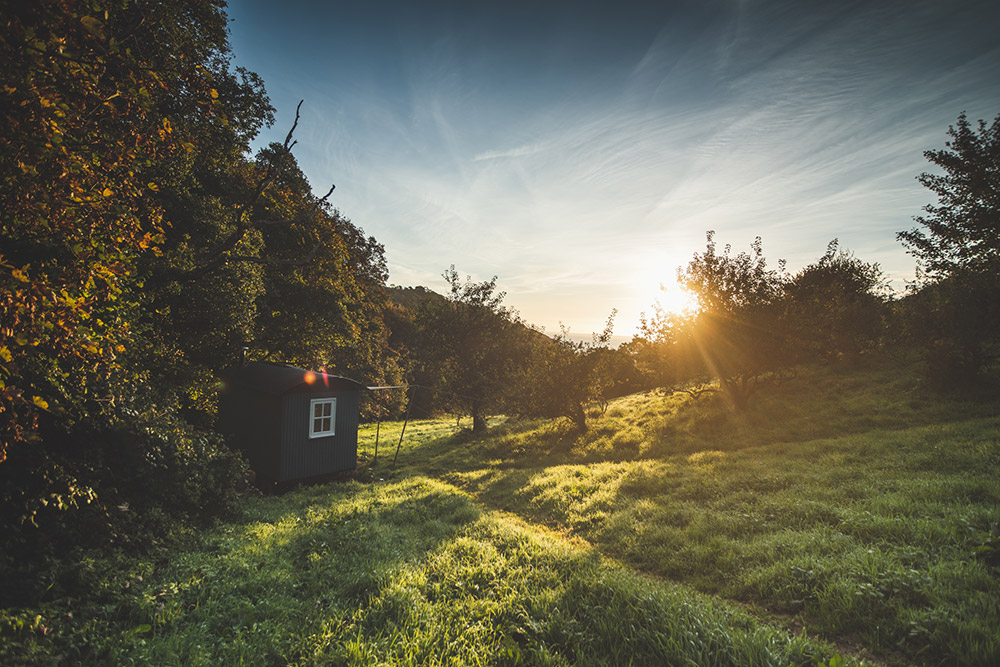
What now – JPEG or Raw?
It depends on your ambitions for your photography! If you want to expand its potential, we recommend shooting in raw; or at least giving it a go every so often so you get used to the image processing procedure. Once you’ve got your head around the basics you’ll find your photography will elevate to the next level and then go beyond!
Raw vs JPEG – Frequently asked questions (FAQ):
What does JPEG stand for?
JPEG is an acronym for “Joint Photographic Experts Group”, the group that created the file format standard in 1992. If you’re interested in more technical information on JPEG, have a look at this Wikipedia entry, and check out our guide to the best camera brands for JPEGs.
Is it JPG or JPEG?
JPEG is the full name, but the majority of files simple end in .JPG. Some people use .jpeg, and that also works, but the majority of people use .jpg. When typing JPEG, or JPG it should be in capitals, but files are normally all lowercase.
How do you pronounce JPEG?
Jay-peg. Imagine you’ve seen a Jay (bird), flying through the sky with a peg in its beak, of all things! That’s how you say JPEG.
Is it raw or RAW?
As raw is a “word” rather than an acronym, it doesn’t need to be capitalised, although it often is by many people. If you want additional information, have a look at this Wikipedia entry.
Article: Claire Gillo
Explore our other beginners’ guides:
- Beginners guide to different camera types.
- Beginners guide to different lens types.
- Beginners guide to using a camera taking photos.
- Beginners guide to Exposure, aperture, shutter, ISO, and metering.
- Understanding white balance settings and colour.
- 10 essential cameras accessories for beginners.
- Beginners guide to the Art of photography and composition.
- Beginners guide to Photoshop Elements and editing photos.
- Beginners guide to Portrait Photography.
- Beginners guide to Macro Photography.
- Beginners guide to Street Photography.
- Beginners guide to Landscape Photography
- How to shoot Action and Sports Photography.
- How to shoot wildlife photography.

